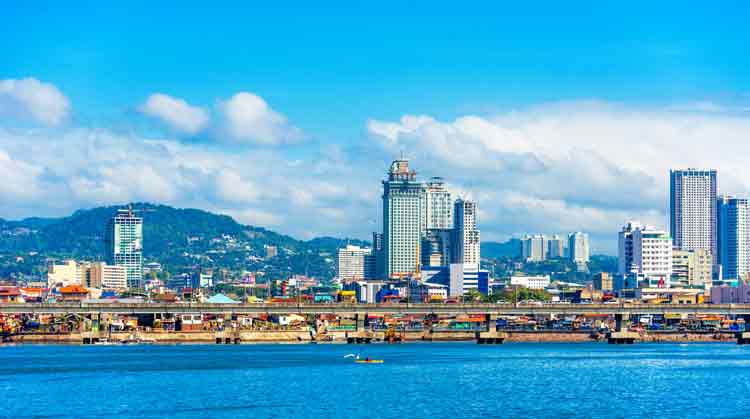Cebu, known as the “Queen City of the South,” is one of the most vibrant and historical provinces in the Philippines. Located in the Central Visayas region, Cebu is a hub of commerce, education, and tourism.
Historical Significance
Cebu holds a significant place in Philippine history. It is where Portuguese explorer Ferdinand Magellan first landed in 1521, marking the beginning of Spanish colonization. The iconic Magellan’s Cross, planted by Magellan himself, stands as a historical landmark in Cebu City, the provincial capital.
Economic and Cultural Hub
Cebu City is a bustling urban center known for its thriving economy and rich cultural heritage. The city’s economy is diverse, with industries ranging from information technology and business process outsourcing to trade and manufacturing. Additionally, Cebu is famous for its annual Sinulog Festival, a vibrant celebration of Cebu’s patron saint, Santo Niño. This event attracts millions of visitors with its colorful parades, street dances, and cultural performances.
Tourist Attractions
Cebu is a paradise for tourists, offering a mix of natural and man-made attractions. Pristine beaches and crystal-clear waters make it a popular destination for beach lovers and diving enthusiasts. Famous spots include Mactan Island, Malapascua Island, and the stunning Kawasan Falls. For history buffs, the Fort San Pedro and Basilica del Santo Niño are must-visit sites.
Culinary Delights
Cebu is also renowned for its culinary scene. The city is famous for its lechon (roast pig), often hailed as the best in the Philippines. Local markets and restaurants offer a variety of traditional Filipino dishes that reflect the province’s rich cultural heritage.
Conclusion
With its historical significance, economic vitality, cultural richness, and natural beauty, Cebu stands out as a premier destination in the Philippines. Whether you’re a history enthusiast, a business traveler, or a tourist seeking adventure, Cebu has something to offer everyone.





